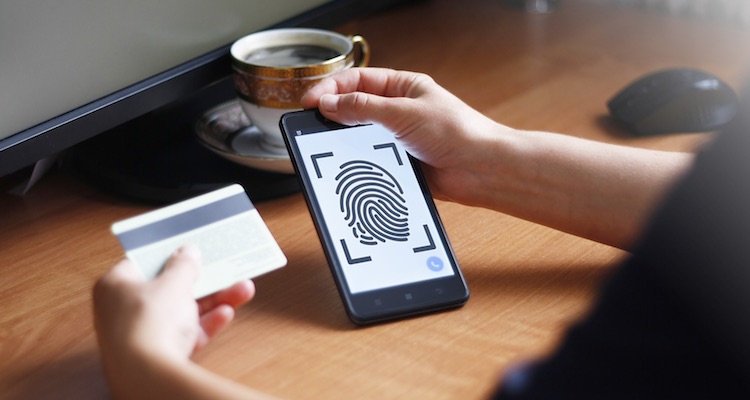The Customer Effect
Inside Wells Fargo’s mission to create a password-less future
- Biometric banking, while a mainstay in much of the developing world, is still in its early rollout phase in the U.S.
- Concerns over technology and cultural adaptation are driving a cautious approach from major banks.





